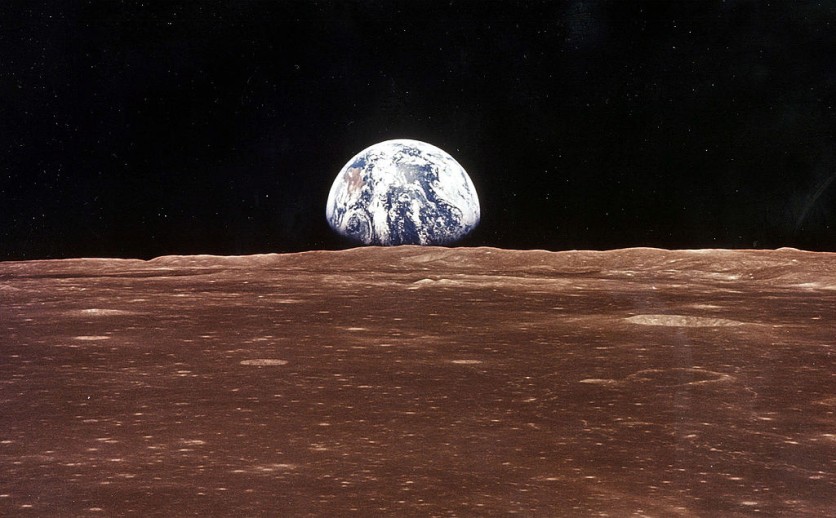Persons of all ages will see the event - no telescope is required - but it is important to know how long to look up. Who needs fireworks on the Fourth of July when we have a lunar eclipse? A penumbral lunar eclipse in several parts of the world will happen on Independence Day on July 4 and the following day, July 5, just before the full "buck moon."
The phenomenon would give skywatchers around the globe a chance to see one of the month's top astronomical events.

Also Read: NASA's Stunning New Photos Capture International Space Station Cruising Across the Sun
Best time to watch the Penumbral Lunar Eclipse
According to predictions from The National Aeronautics and Space Administration (NASA), the eclipse begins on July 4, Saturday night at 11:07 p.m EDT and will last for about 2 hours and 45 minutes. The eclipse will reach its height on Sunday, July 5, at 1:52 am EDT. About a third of the moon will be covered in the sky. The shaded moon corner will be most visible at around 12:30 am EDT.
The penumbral lunar eclipse will appear with the shadow cast by the earth on the moon's edge. This will seem like a dim shadow cast over most of the world.
The eclipse is perfect for those who will stay late after the fireworks on Independence Day across the United States as long as the clouds don't interfere, and if weather permits, NASA said.
The best conditions for Saturday night viewing of the lunar eclipse is anticipated for those in the western part of the United States. The clearest conditions will be in Texas, lower Midwest, and the Canadian prairies.
Other areas in Canada, the United States and Mexico will have some clouds during the night. Still, enough space will allow people to glimpse the darkened moon at times throughout the eclipse.
Also Read: [PHOTOS] Stunning Super Worm Moon Wows Netizens; How Does This Supermoon Affect the World?
What happens during the penumbral solar eclipse
The full moon moves through the part of the earth's shadow, triggering a lunar eclipse visible in North and South America. This is the first lunar eclipse that has been apparent since 2019. People will also see part of the eclipse in some places in Africa and western Europe.
There are three forms of lunar eclipses: a lunar complete eclipse, a partial lunar eclipse, and a lunar penumbral eclipse.
The moon passes through the outer shade of the planet, called the penumbra in a penumbral lunar eclipse, and lacks the darker interior shadow, called the umbra.
"This third kind of lunar eclipse is much more subtle, and much more difficult to observe, than either a total or partial eclipse of the moon," EarthSky explained on its website. "At best, at mid-eclipse, very observant people will notice a dark shading on the moon's face."
It varies significantly from a complete lunar eclipse in the darkness of the moon. It is either deep in red or rusty orange color.
After this weekend, stargazers will have to wait for the next chance to see the moon move through the shadow of the earth in the afternoon of November 30. This will also be a penumbral lunar eclipse. Still, it will be visible across a wider territory, including America, Australia, and East Asia.
The upcoming complete lunar eclipse is scheduled for May 26, 2021. It will be visible in the majority of Americas, Australia, and East Asia, close to the November eclipse.
![Apple Watch Series 10 [GPS 42mm]](https://d.techtimes.com/en/full/453899/apple-watch-series-10-gps-42mm.jpg?w=184&h=103&f=9fb3c2ea2db928c663d1d2eadbcb3e52)



